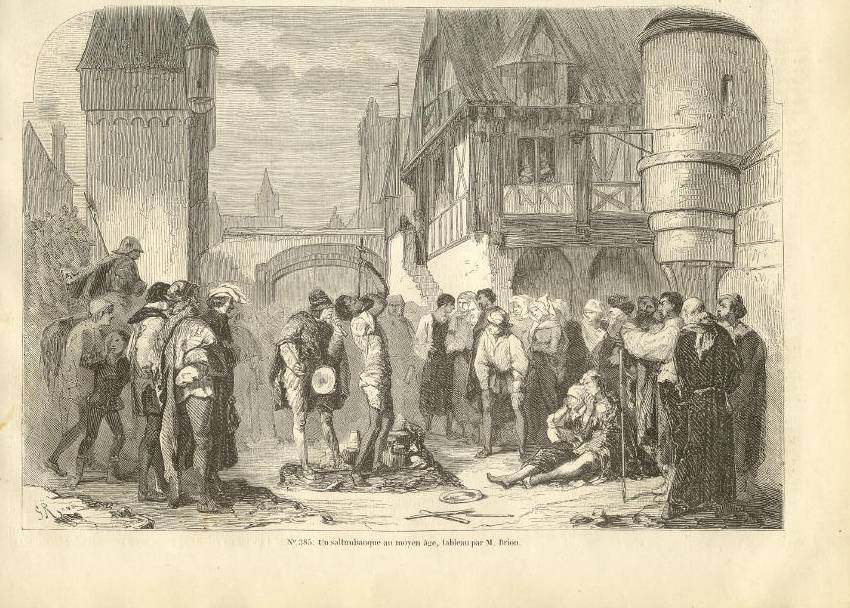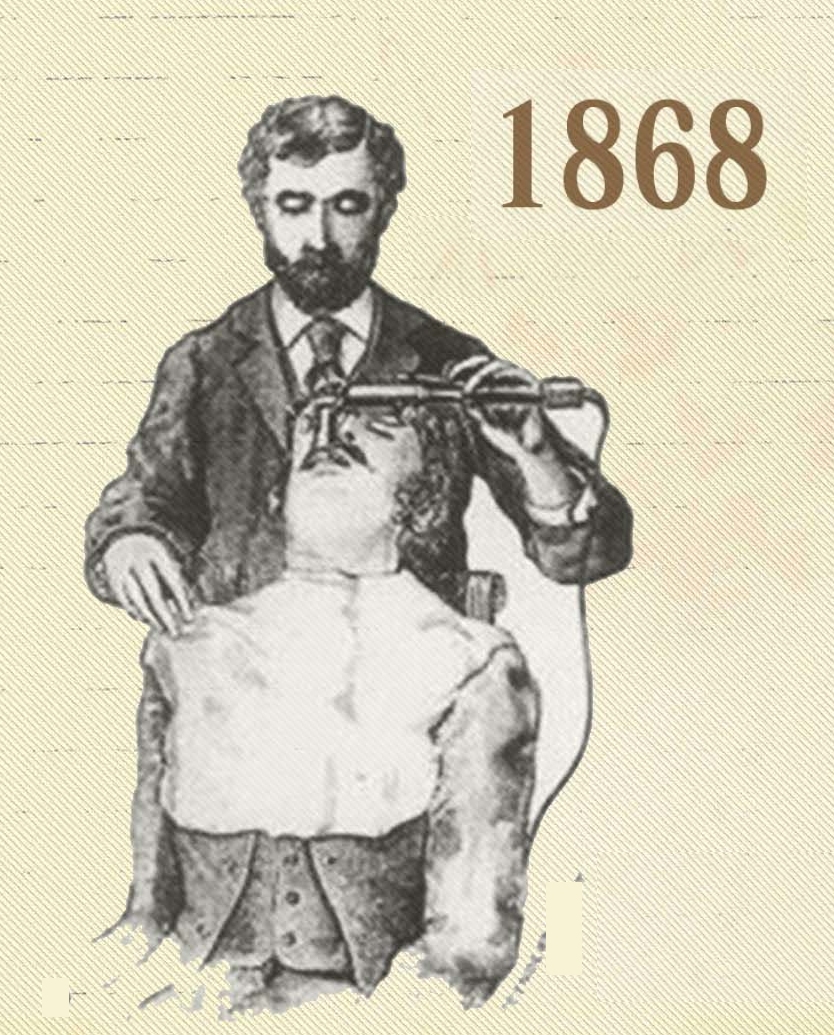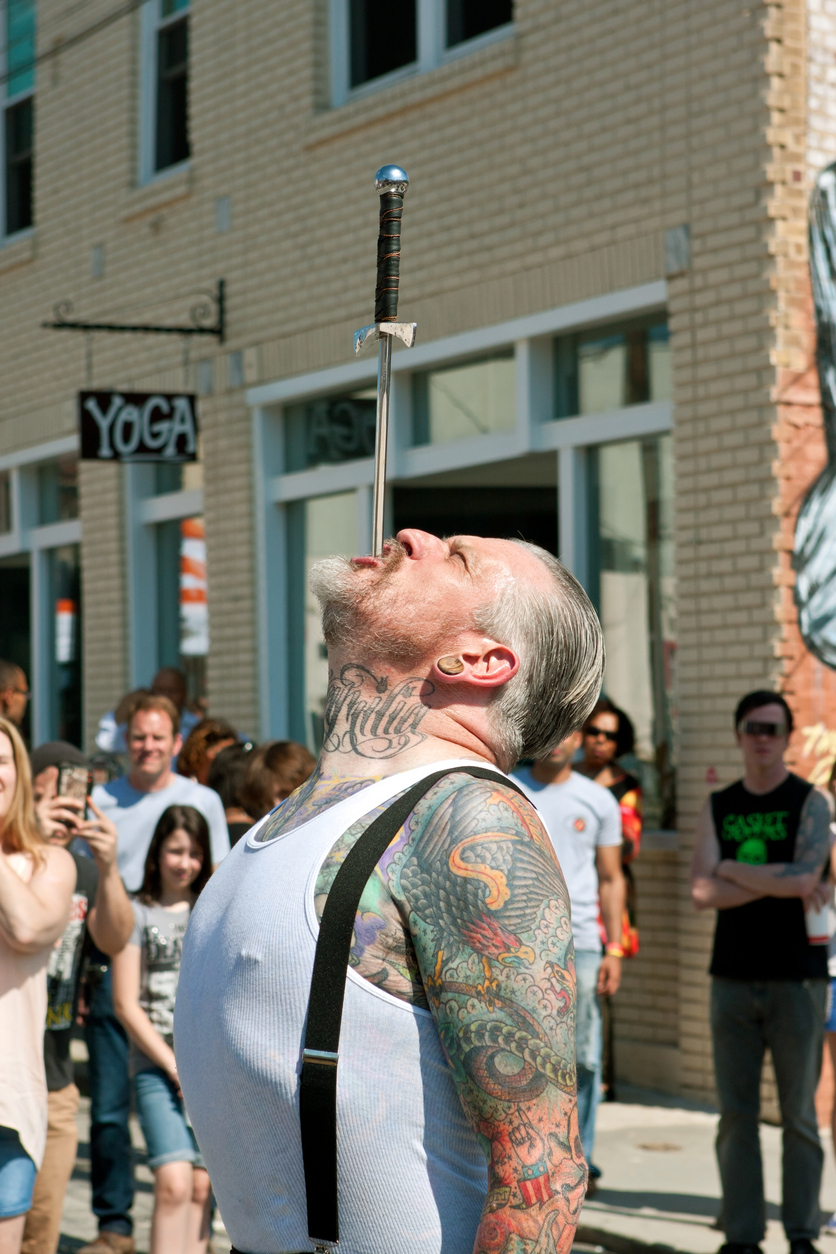
Every critical care doctor or other physician who uses a bronchoscope or other endoscope to diagnose and treat patients should remember to thank a sword swallower on the last Saturday of February.
Especially since those sword swallowers could just as easily have pursued snake handling or walking on hot coals — other popular ways to impress the gods 4,000 years ago when sword swallowing first began. And who knows where endoscopy would be today if those ancient people had made a different career choice.

International Sword Swallower’s Awareness Day, celebrated on Feb. 26, 2022, is a day when sword swallowers around the world will swallow swords together — to raise awareness of this perhaps peculiar art as well as medical science.
A group of 19th century European street entertainers were key contributors to shaping endoscopy as it is practiced today.
As early pioneers of airway endoscopy in Europe during the 1800s tried to solve the problem of introducing a tube into the aerodigestive tract, they found inspiration right outside their windows in sword swallowers entertaining townsfolk in exchange for a few coins.
Some of the earliest subjects who demonstrated the rigid esophagoscopy — an examination of the upper GI tract — were professional sword swallowers, according to a post in ENT & Audiology News written by Dr. Ray Clarke, an ENT surgeon and an associate postgraduate dean at Alder Hey Children’s Hospital in Liverpool, U.K.
Among their biggest challenges was guiding light into the body and back out again. What once required candles, oil lamps and an elaborate system of rigging mirrors to project light into a primitive endoscope evolved into the high-tech endoscopes of today, with their own light sources and cameras.
Sword Swallowing’s Influence
Millions of patients have benefited from that early work, which led to new inventions and methods of care. Devices became easier for patients to tolerate and eventually flexible versions and sedation came into use.
Sword swallowers not only played a key role in pioneering endoscopy but also in the development of the x-ray, fluoroscopy, and electrocardiograms.
Today, an estimated 75 million endoscopies are performed each year in the U.S. and about 500,000 of those are bronchoscopies, according to the U.S. Food and Drug Administration.
Endoscopies are less invasive than surgery and are used to diagnose and treat diseases in body cavities. Because endoscopy is quick and provides detailed images, it is valuable in many clinical settings. And today’s single-use options — which are simply used once and discarded — paired with HD monitors for visualization offer a stark contrast to those primitive, early days.
Penetrating Facts
Sword swallowing originated in India around 2,000 B.C. Shaman priests and other religious people used it, along with fire-walking on hot coals and snake handling, to demonstrate invulnerability, power, and connection with their gods. But many key medical applications didn’t occur until the 1800s in Europe.
Adolf Kussmaul, a physician studying endoscopy in his clinic in Freiburg, Germany, was one of the first to incorporate the skill of local sword swallowers into his research.
During the 1850s, Kussmaul was able to visualize the esophagus and fundus with the help of a sword swallower, using a 47-cm long, 13 mm diameter rigid device with an external gasoline lamp. He took the sword swallower around to clinics with him to demonstrate his technique.
This preliminary research led to the development of the first clinically-used gastroscope.
Gustav Killian, the pioneer of "suspension laryngoscopy" — which frees a surgeon to work with both hands — as well as rigid bronchoscopy, helped popularize the procedures in Germany in the late 1800s. The practice become more practical, however, at the turn of the 20th century once electric lightbulbs become widely available and doctors could see what they were doing.
How Do Sword Swallowers Do It?
Sword swallowing can take from two to seven years to learn, according to swordswallow.com. There are estimated to be fewer than several dozen professional sword swallowers actively performing the ancient art today.
 Sword swallowers use mind-over-matter techniques to repress the natural gag reflex in the back of the mouth, the peristalsis reflex in the throat, and the retch reflex in the stomach to "swallow" swords from 15-30 inches in length.
Sword swallowers use mind-over-matter techniques to repress the natural gag reflex in the back of the mouth, the peristalsis reflex in the throat, and the retch reflex in the stomach to "swallow" swords from 15-30 inches in length.
It turns out a sore throat is a common side effect, according to a study of 46 sword swallowers published by the British Medical Journal.
A Brief History of the Endoscope:
16th Century: The first documented redirection of sunlight into the human body
1850s: Adolf Kussmaul used sword swallowers to advance his research into visualization of the esophagus
1876: Gustav Killian removed a pork bone from a farmer’s airway using an esophagoscope
1895: Alfred Kirstein directly visualized the vocal chords
1904: Chevalier Jackson, an American otolaryngologist, laid the groundwork for the modern rigid bronchoscope
1967: Shigeto Ikeda invented the first flexible bronchoscope
2009: Ambu introduced the world’s first single-use flexible videoscope
For more information or to schedule a local sword swallower for a medical demonstration, click here.
To read the first international medical study on sword swallowing, entitled “Sword Swallowing and its Side Effects,” published in the British Medical Journal in 2006. Click here


